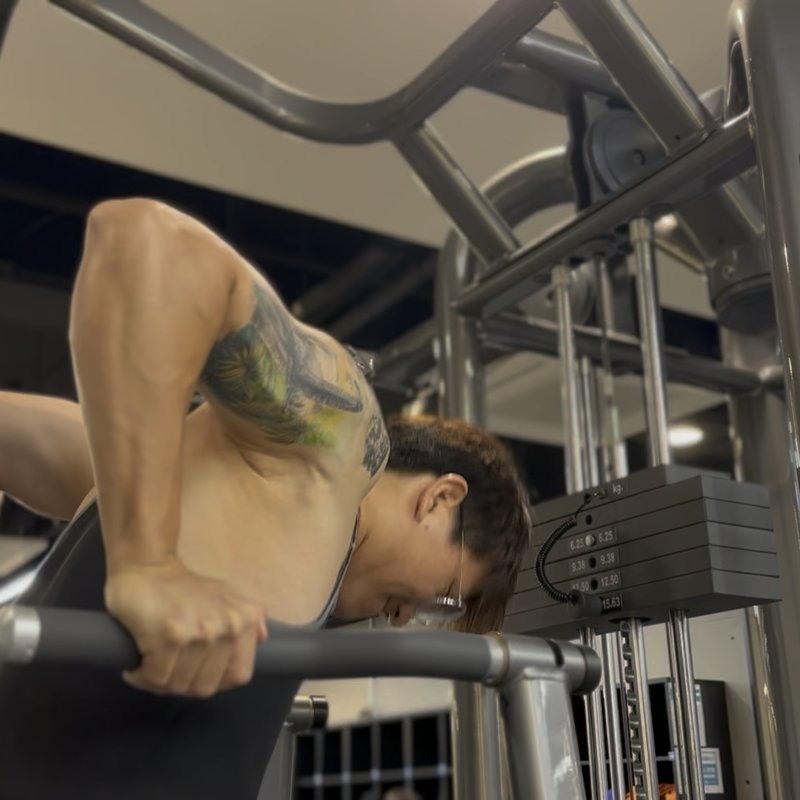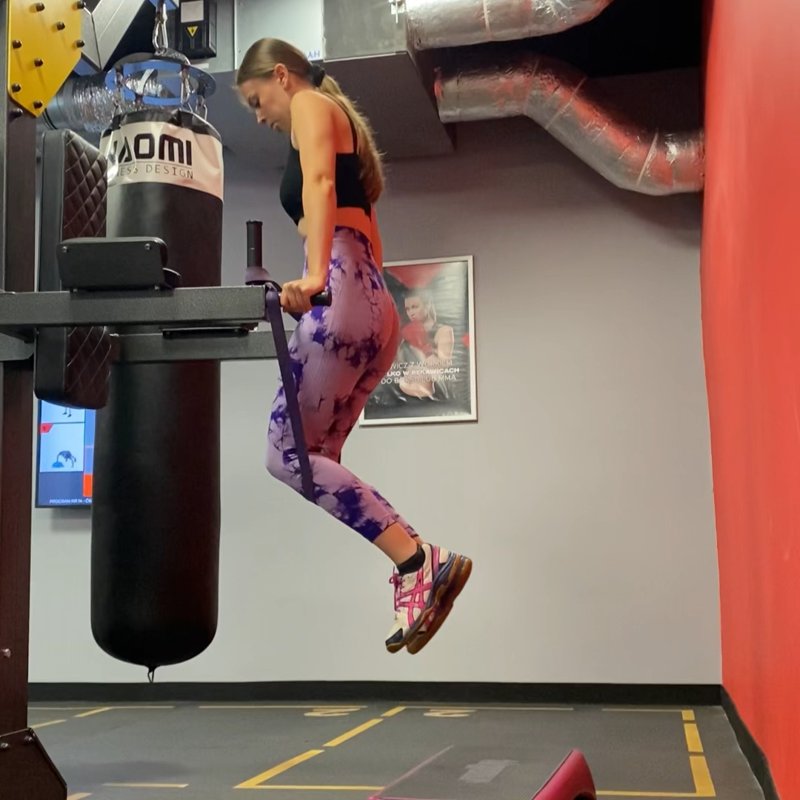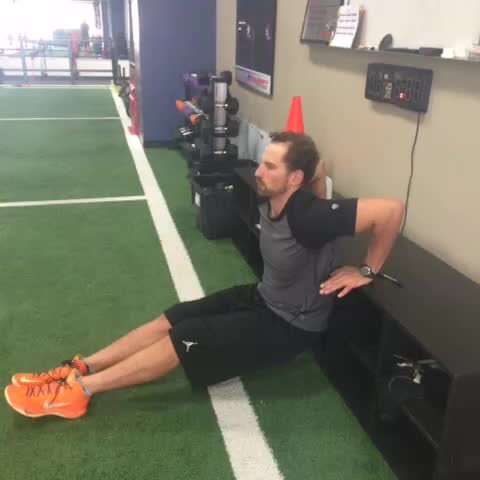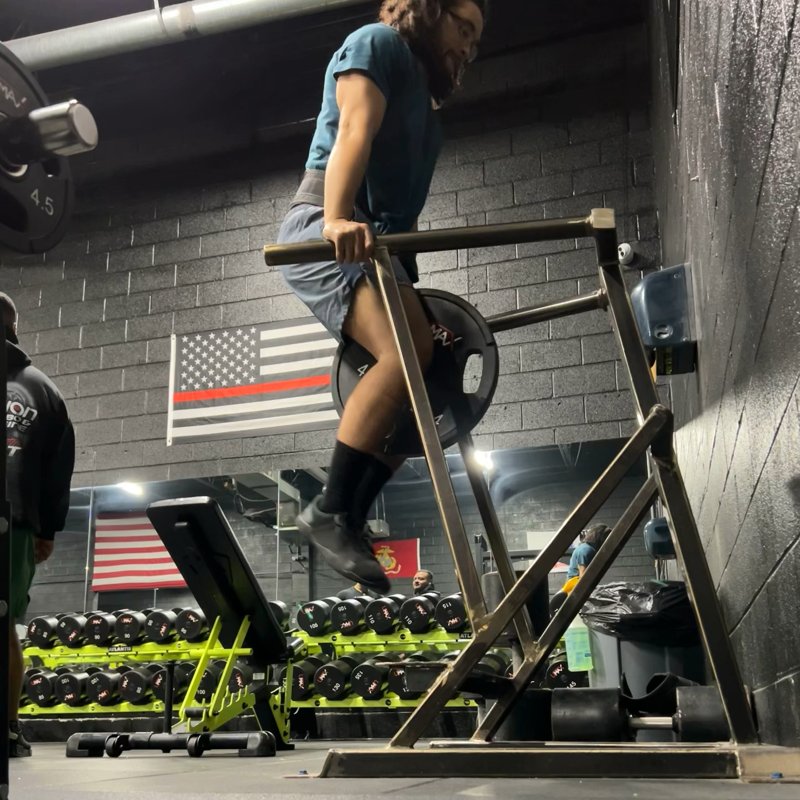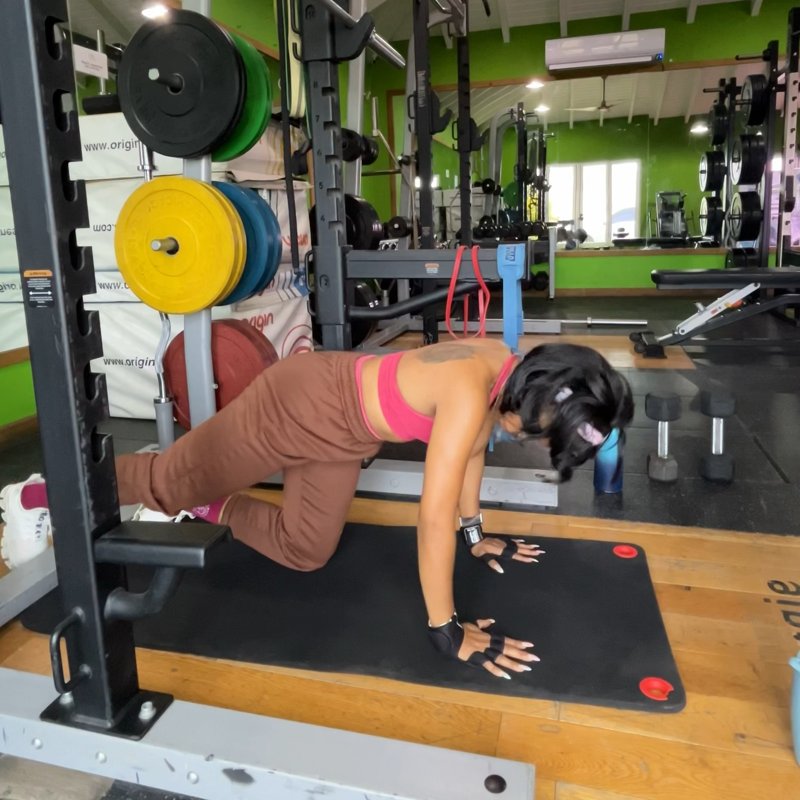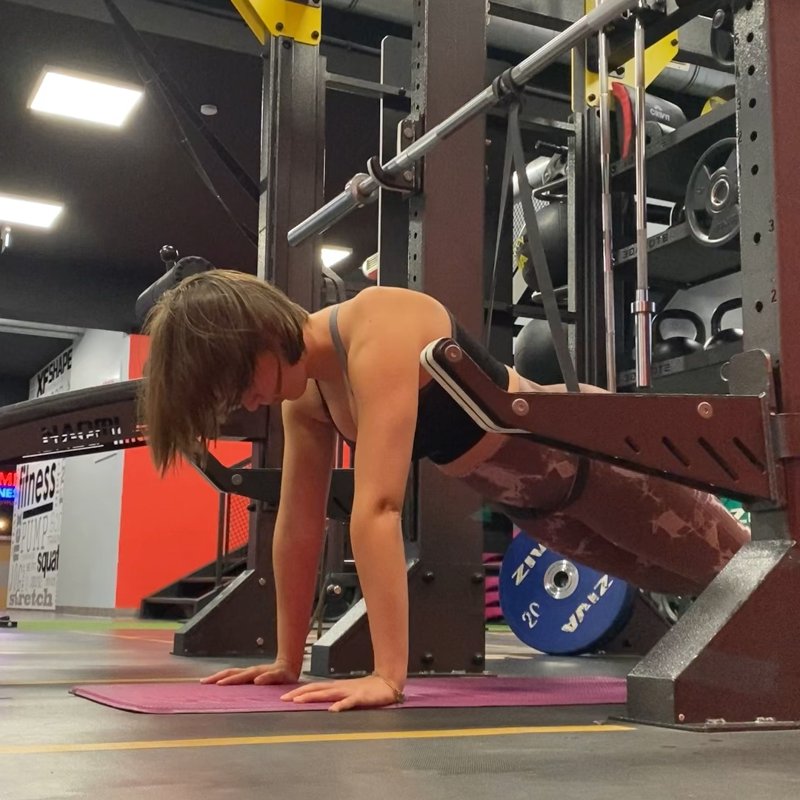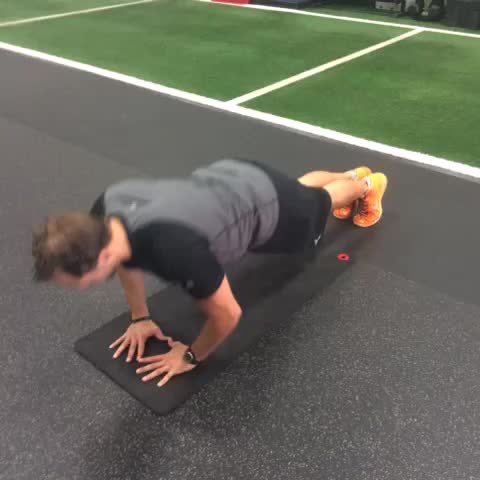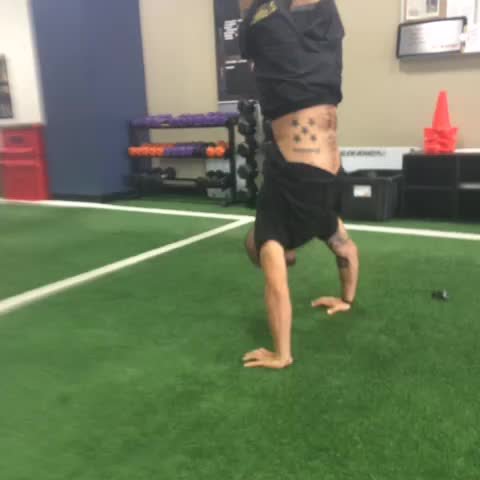Dip: The Ultimate Guide
The Dip is a fundamental upper body exercise performed by lowering and raising your body between parallel bars, primarily targeting the triceps, chest, and shoulders while building exceptional upper body strength and muscle development.
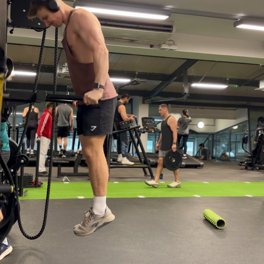
Quick Facts
Key Benefit
Comprehensive upper body pushing strength and muscle development
Primary Muscles
Anterior Deltoids, Pectoralis Major, Triceps
Secondary Muscles
Abdominals, Pectoralis Minor, Rhomboids
Equipment
bodyweight, machine (optional)
Difficulty
Intermediate
Type
Strength
In This Guide
Ready to master the Dip?
Track your progress, see improvements over time, and build strength consistently.
Download GravitusThe Dip is one of the most effective compound exercises for developing upper body pushing strength and muscle mass. Often referred to as the "upper body squat," this movement delivers remarkable development to the triceps, chest, and shoulders when performed correctly. What makes dips particularly valuable is their versatility and scalability. From beginners using assisted machines to advanced athletes adding external weight, dips can be adapted to any fitness level. Additionally, by making simple adjustments to body position, you can shift emphasis between the chest and triceps, making this a highly adaptable movement for various training goals. Dips also offer functional benefits that translate to everyday activities and other exercises. The pushing strength developed through dips carries over to movements like the bench press, overhead press, and push-up, while also supporting daily activities requiring upper body strength. As a closed-chain exercise where your hands are fixed and your body moves through space, dips create different muscle recruitment patterns compared to open-chain movements like cable pushdowns, offering unique benefits for complete upper body development. Whether your goal is to build muscle mass, increase strength, or improve functional fitness, mastering the dip will be a valuable addition to your training arsenal.
Benefits of Dips
Dips offer numerous advantages for strength, muscle development, and functional fitness.
Comprehensive Upper Body Development
Simultaneously strengthens multiple major muscle groups including the triceps, chest, shoulders, and core in a single compound movement.
Functional Strength
Develops pushing power that translates directly to real-world activities and other exercises requiring upper body strength.
Scalable Intensity
Can be modified for any fitness level through assistance, body positioning, or added resistance for continuous progression.
Joint Health
As a closed-chain exercise, dips can be more shoulder-friendly for some individuals compared to certain open-chain movements when performed with proper form.
Minimal Equipment
Requires only parallel bars, making it accessible in nearly any gym environment and a staple in calisthenics and bodyweight training programs.
Proper Form & Technique
Starting Position
- Approach parallel dip bars that are approximately shoulder-width apart.
- Grasp the bars firmly with a full grip (thumbs wrapped around), hands facing inward.
- Jump or step up to straighten your arms and support your body weight above the bars.
- Keep your shoulders down and away from your ears (depressed, not elevated).
- Stabilize your body in this top position with arms extended but not completely locked out.
- For triceps emphasis, keep your torso more upright with elbows close to your sides.
- For chest emphasis, lean forward slightly (about 15-30 degrees) with elbows flared out a bit more.
- Cross your ankles behind you or keep legs straight with knees slightly bent, whichever feels more stable.
Movement
- Begin by inhaling and bending your elbows to lower your body with control.
- Keep your shoulders down and engaged throughout the movement, avoiding shrugging.
- Lower until your upper arms are approximately parallel to the ground, or slightly below if shoulder mobility and comfort allow.
- Maintain tension in your core and avoid excessive swinging or kipping.
- At the bottom position, your elbows should be at approximately 90-degree angles.
- Pause briefly at the bottom to maintain control and minimize momentum.
- Exhale as you push through your palms to drive your body back up to the starting position.
- Continue pushing until your arms are nearly straight without fully locking out the elbows.
- Repeat for the desired number of repetitions, maintaining proper form throughout.
Key Form Tips
Shoulder Position
Keep shoulders down and back throughout the movement to protect the shoulder joints and engage the correct muscles.
Depth Control
Lower to a depth that feels comfortable for your shoulders - typically until upper arms are parallel to the floor or slightly below.
Body Stability
Maintain core engagement to prevent excessive swinging or arching of the lower back.
Elbow Path
For triceps emphasis, keep elbows tracking back; for chest emphasis, allow elbows to flare slightly outward.
Wrist Position
Keep wrists neutral (not excessively flexed or extended) to avoid unnecessary strain.
Muscles Worked
Primary Muscles
- triceps: The three-headed muscle on the back of the upper arm is the primary mover, particularly during the lockout portion of the movement.
- pectoralis major: The large chest muscle contributes significantly to the movement, especially with a forward lean and wider elbow position.
- anterior deltoids: The front portion of the shoulder muscles assists in the pushing motion and stabilizes the shoulder joint.
Secondary Muscles
- pectoralis minor: This smaller chest muscle beneath the pectoralis major assists with scapular movement during the exercise and with scapular protraction during the upward phase.
- rhomboids: These upper back muscles between the shoulder blades work to stabilize the scapula throughout the movement.
- abdominals: The abdominals, obliques, and lower back muscles work isometrically to stabilize the body throughout the movement.
Common Mistakes and How to Fix Them
Shrugging the Shoulders
Allowing shoulders to rise toward ears puts excess stress on the shoulder joints. Keep shoulders actively depressed throughout the movement by thinking of "pushing them down" away from your ears.
Insufficient Range of Motion
Not lowering deep enough reduces muscle activation and benefits. Lower until your upper arms are at least parallel to the floor, or slightly below if comfortable for your shoulders.
Excessive Forward Lean
Too much forward lean can strain the shoulders without proper preparation. Begin with a more upright torso position and gradually increase forward lean as strength and comfort allow.
Using Momentum
Swinging or kicking legs to generate momentum reduces muscle engagement. Control the movement throughout, pause briefly at the bottom, and focus on muscular effort rather than momentum.
Flaring Elbows Excessively
Extreme elbow flaring can stress the shoulder joints. Keep elbows in a comfortable position - somewhat close to the body for triceps emphasis, moderately flared for chest emphasis, but never extremely wide.
Dip Variations
Difficulty Modifications
-
Assisted Dip
Uses a counterweight system to reduce the effective body weight, making dips accessible for beginners or during high-rep training.
-
Band Assisted Dips
Attaching resistance bands to the bars and stepping on them provides adjustable assistance based on band strength.
-
Bench Dip
A modified version using a bench or chair for support, typically with feet on the floor or elevated on another bench.
Advanced Variations
-
Weighted Dip
Adding external resistance via a dip belt with plates, weighted vest, or holding a dumbbell between the feet to increase intensity.
-
Ring Dip
Performing dips on gymnastic rings, which adds an element of instability requiring greater stabilizer muscle involvement.
-

Korean Dip
An advanced variation where the body is lowered much deeper than a standard dip, requiring exceptional mobility and strength.
Frequently Asked Questions
Dips are not inherently harmful for the shoulders when performed with proper form and appropriate progression. However, they do place significant demands on shoulder mobility and stability. Individuals with existing shoulder issues, limited mobility, or previous injuries may need to modify the exercise or avoid it until sufficient shoulder health is established. To maximize safety, maintain proper form (shoulders depressed, not elevated), avoid extreme ranges of motion that cause discomfort, and progress gradually. If you experience shoulder pain during dips that persists beyond normal muscle fatigue, consider consulting with a fitness professional or physical therapist to assess your movement patterns and shoulder health.
The appropriate number of dips varies based on individual factors like body weight, training history, and goals. For general fitness, being able to perform 10-12 clean bodyweight dips indicates good upper body strength. For strength athletes, 15-20 repetitions with bodyweight or the ability to perform 8-10 reps with 25-50% of bodyweight added might be considered intermediate to advanced. Rather than targeting arbitrary numbers, focus on proper form and progressive improvement relative to your starting point. If you cannot yet perform a single unassisted dip, work with assisted variations until you develop sufficient strength to perform unassisted repetitions.
Dips effectively train both the chest and triceps, with emphasis shifting based on body position. For greater chest emphasis, lean your torso forward approximately 15-30 degrees and allow your elbows to flare slightly outward during the movement. For triceps emphasis, keep your torso more upright and your elbows closer to your sides throughout the motion. For balanced development, you can incorporate both versions into your training program, either within the same workout (if volume permits) or alternating between chest-focused and triceps-focused dips in different training sessions. The versatility of being able to shift muscle emphasis makes dips an extremely efficient exercise for upper body development.
Consider adding weight to dips when you can perform 3 sets of 12-15 clean repetitions with your bodyweight while maintaining proper form throughout. Begin conservatively with 5-10 pounds and ensure you can still maintain good technique for at least 6-8 repetitions. Gradually increase the weight as your strength improves. Before adding external resistance, first master scapular control and perfect form with bodyweight, as adding weight to improper movement patterns increases injury risk. Some exceptional strength athletes may eventually progress to dips with 50-100% of their bodyweight added, though for most trainees, more modest progression is appropriate and effective for continued strength and muscle development.
Video Demonstrations
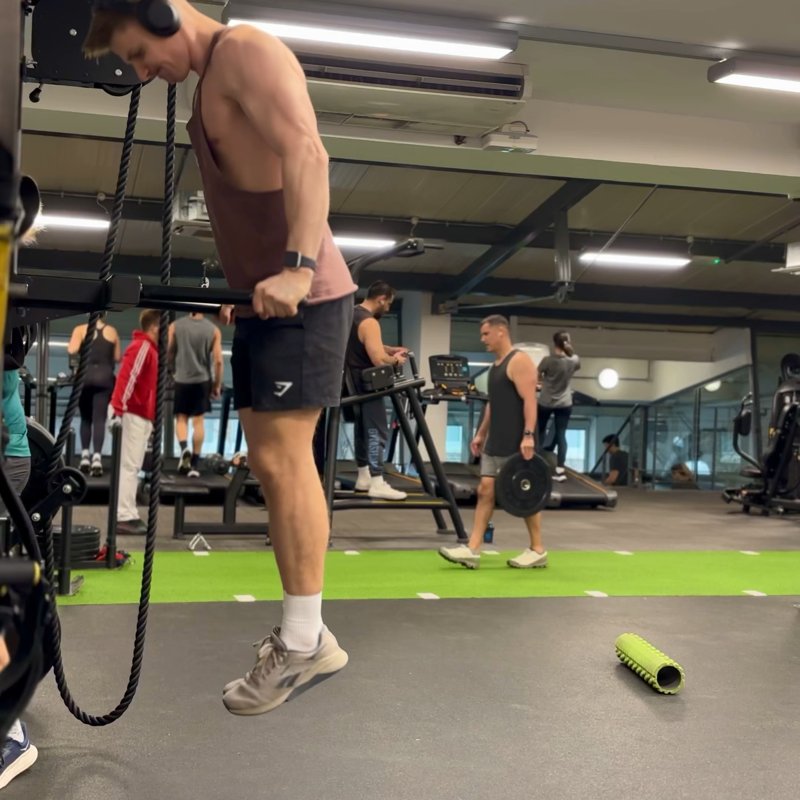
Log in to watch video demonstrations
Login to Watch3 video demonstrations available
Find more video demonstrations in the Gravitus app
Tips from the Community
-

Aim to keep the shoulders away from the ears
-

Lean forward slightly to target lower chest. Full extension through the shoulders at the top for full chest contractions
-

Personally i find going closer with my hands lowers shoulder pain
Track your progress with Gravitus
Download Gravitus to log your workouts, track your progress, and join a community of fitness enthusiasts.

Helpful Resources
One Rep Max Calculator
Find your one rep max for any exercise without maximal testing. Essential for developing effective strength training programs.
Calculate 1RMWorkout Programs
Follow structured workout programs created by fitness professionals to maximize your strength and muscle gains.
View Programs